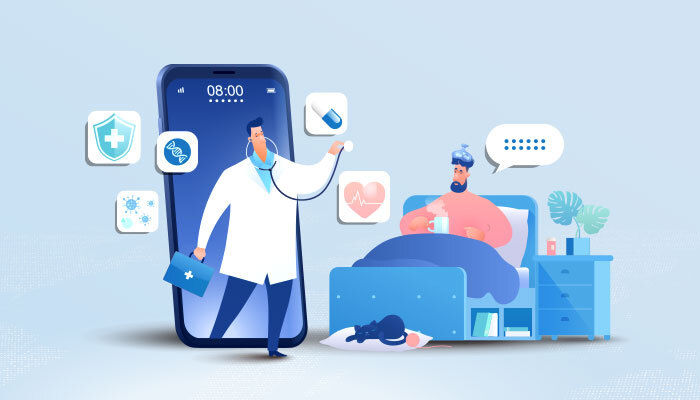The way people get treatment and engage with telehealth institutions is shaping healthcare industry. Digital advances such as wearable technology, remote monitoring, patient portals, mobile applications (apps), and new service models such as telemedicine and virtual visits are transforming health care.
Patients who want to take an active role in their own health now have more alternatives, thanks to these powerful and innovative digitally-enabled technologies.
Information and communication technology has the potential to improve patient outcomes, improve patient satisfaction, and reduce costs.
Let’s understand in detail, how Telehealth is shaping healthcare industry:
Electronic Health Record
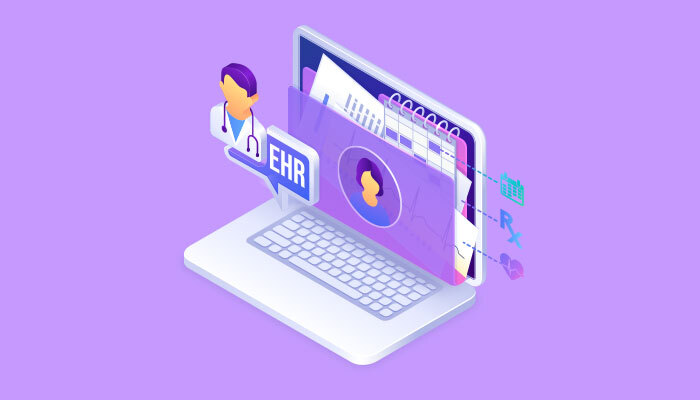
EHR holds the vital information about any patient that includes medical history, laboratory results, insurance policy, drug allergies etc.
Having patient’s complete information readily available reduces the workload on professionals, scope of any potential medical error, and improves the patient’s health outcomes.
Patient Portals
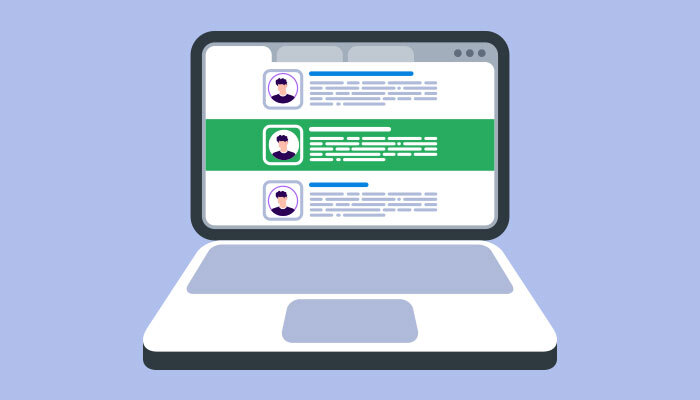
Patient portals, websites that integrate with the patient’s EHR, and direct messaging between physician and patient are all ways that electronic health records improve communication with patients.
Patients’ interactions with the healthcare system and their personal records will continue to change as a result of healthcare reform and technological advancements.
Despite the fact that patient portals can help with engagement and self-care, recent research shows that patients’ satisfaction with and ability to utilize them differs. Portals that combine clinical and financial data and enable real-time, responsive scheduling are in high demand.
Telehealth
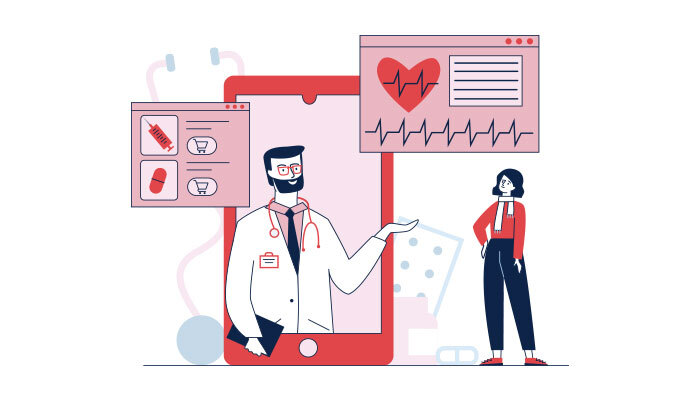
The phrase “telehealth” represents a variety of activities that employ technology to diagnose, treat, counsel and educating patients & providers.
Telemedicine has a more limited definition, pertaining to the delivery of distant healthcare services, such as virtual live-interactive visits (evisits) or asynchronous picture.
Telehealth is already proving to be a success all across the world. It’s been used successfully in the field of dermatology, mental health and behavioral health.
Telehealth has tremendously influence on elderly populations, ranging from improved health to fewer hospital readmissions & promotion of independent living. On the other hand, telehealth has the advantages of time and cost savings, and it is warmly received by patients.
Remote Patient Monitoring
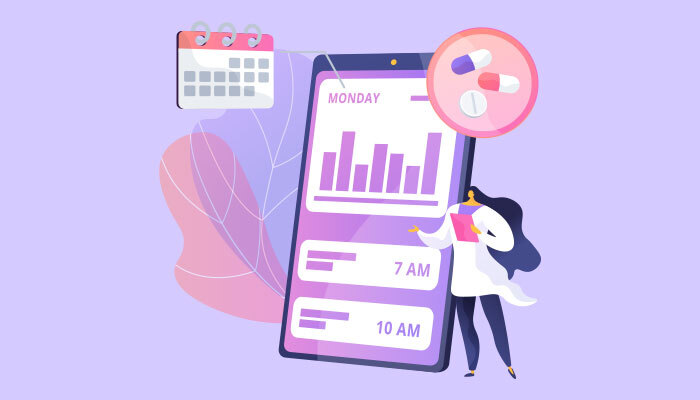
The use of digital technology to transmit/share patients data with clinicians remotely is known as remote patient monitoring.
Improvement in healthcare which includes cost savings, healthcare experience and outcomes, has been demonstrated successfully by remote patient monitoring.
For both communicable and noncommunicable diseases, remote patient monitoring has proven to be an effective technique. Additionally, the use of RPM devices at home for effective management of patients with heart related and other chronic conditions has been documented in several research.
Smartphones and Apps
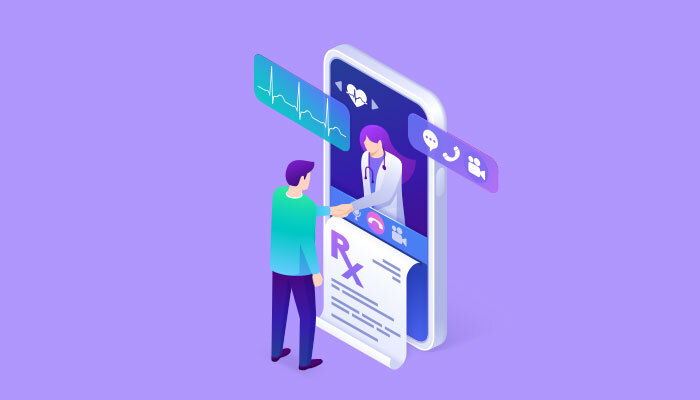
According to research, texting may be more effective for communicable illnesses and contraception than chronic diseases, despite its modest effects. Perhaps, this needs usage of smartphone-enabled technologies, as use of smartphones to manage health is fast expanding among smartphone owners.
Many doctors are ready to prescribe a number of health-related applications to assist patients better manage chronic disease & monitor vital signs.
Conclusion
Patients are seeking clinicians to aid them in managing their own health as digitally enabled technologies grow more widespread & sophisticated. Moreover, clinicians can gain information about a patient’s daily routine & health status via wearable technology & other RPM devices. In the united states around 77% of individuals use smartphones.
Few sectors have remained unaffected by the fast rise of mobile technology. However, in healthcare, these innovations have had a deep and long-lasting impact on stakeholders. EHRs, telemedicine, mobile applications, and other ICT have changed the way clients & providers engage, as well as how they interact.

